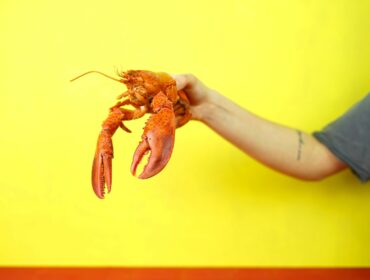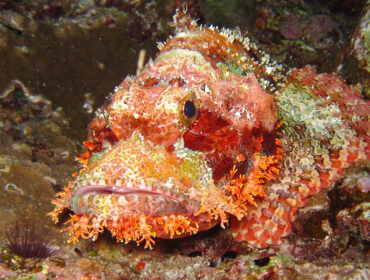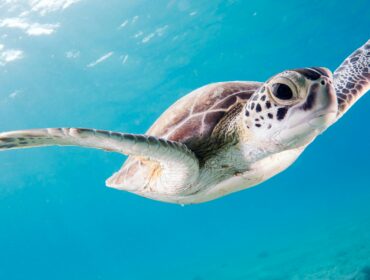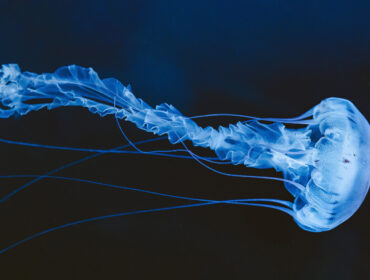With its cold, nutrient-rich waters and unique underwater topographical features, Monterey Bay is a mecca of marine biodiversity and a region of great importance to marine researchers. From sea otters and California sea lions to tiny shrimp and even tinier protozoa, the range of marine life here is astounding. Some of its more beautiful and fascinating denizens may be hard to spot, but are worth looking for. Let’s take a look at just five interesting marine invertebrates of Monterey Bay.
Flatworm
Flatworms are some of Monterey Bay’s most colorful and patterned marine invertebrates, with as many variations in appearance as there are individuals. Having no respiratory or circulatory organs or a main body cavity inside which to put them, flatworms absorb oxygen and nutrients as they pass through their flattened bodies. These animals are predatory creatures in the sea and on land, and most are parasitic.
Bryozoa
Bryozoa are a phylum of marine invertebrates of Monterey Bay that can be found elsewhere in the world as well, particularly in tropical waters less than 100 feet deep, or in very deep waters near cold seeps. These are colonial creatures, forming their structure and shape by way of specialized colonies that operate particular functions. They often look like ribbons of eggs from another marine creature, but Bryozoans are most definitely living, functioning organisms.
Brittle Star
Closely related to starfish, brittle stars are members of the Echinoderm family and share a few common characteristics with their cousins. One obvious feature is their radial symmetry with five clear points, and another is their central disc from which the arms radiate. However, unlike common starfish, the arms do not have tube feet on the underside to aid in locomotion; their arms move more like a snake slithering through the grass. As scavengers, they inhabit all water temperatures and depths around the world.
Pleurobranch
Looking somewhat similar to nudibranchs and flatworms, pleurobranchs belong to the sidegill suborder of sea slugs. Instead of gills positioned on top of their bodies for respiration, pleurobranchs’ gills protrude from the side. While most lose their internal shells by adulthood, their enormous mantles engulf any shell that might remain from their juvenile stage. Pleurobranchs are predatory creatures, and can produce toxic chemicals to ward away predators.
Sea Spider
If spiders creep you out on land, you might find them to be one of the more fascinating marine invertebrates of Monterey Bay for their decidedly less threatening appearance. Sea spiders can be found in all seas and oceans of the world, from the Caribbean to the Antarctic to the Mediterranean to the Arctic. While they have no interest in living humans, sea spiders are predatory, and often feed by inserting their long proboscis into sea anemones to suck out nutritive tissues and fluids.




